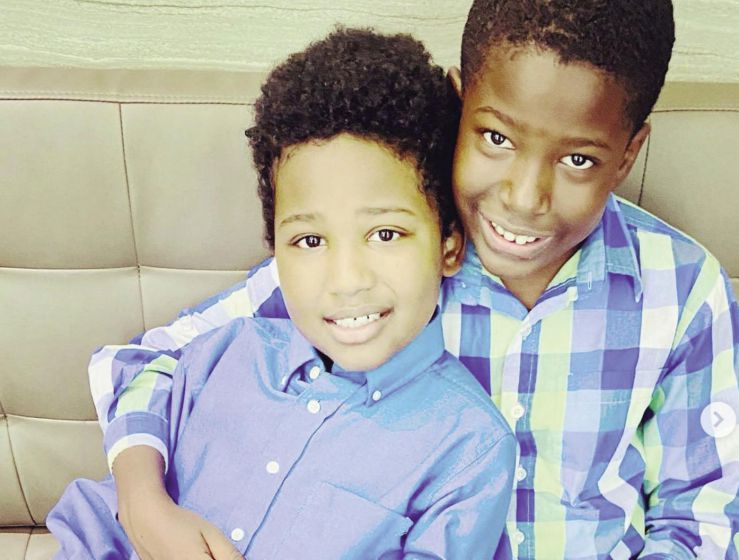Finding what my son enjoys doing has helped us as a family find activities that the whole family can enjoy. I am learning to do things differently and see the world differently and see it from my son's perspective. It has opened my family and me to see the world in a new way. Our journey focuses on the strengths our son has and his likes, to help him learn and engage with us and the world around him. My hope is that by doing this we help prepare him to go back to school, knowing he is loved and appreciated for who he is. I hope this message encourages anyone who has a child with ASD or who knows someone with ASD, to pay attention to their child's behaviors and abilities. Even if your child is considered nonverbal, behaviors are your child's communication. Use these behaviors to empower you to help your child find a meaningful connection. Everyone wants to feel seen and heard. Our journey is to make sure we provide that for our children at home, school, and in our community.•

NEW VIEW: Finding what my son enjoys doing has helped me see the world differently and see it from my son's perspective.
GETTING TO KNOW YOU : AIDING LEARNING AND EMOTIONAL REGULATION
In order to help the school staff to get to know my son, I put together a profile of my child that will help the school engage with him in a way that is optimal for his learning and emotional regulation. Some of the helpful information I include in my son's profile is:
- The stimuli that make him feel overwhelmed in an environment.
- The ways to help his body feel calm or regulated, so he can attend and learn.
- Things he does, to self-regulate his emotions or when he is feeling anxious.
- Strategies that help him with transitions between activities.
- Preferred leisure activities
- Picture cards for classroom and on the device that help him advocate for himself with statements such as "I need a break."
- His strengths such as: ability to read at a 3rd grade level and recognize over 150 sight words.
- His likes and dislikes related to activities and foods.
- Things that help him understand communication better — visual cues, processing time, AAC device.
- His level of expressive and receptive communication.
- Things to do to help him feel better when he may become sad or frustrated.
- Things that make him smile, such as tickles.
- A task analysis (visual schedule) to help him plan for certain activities, such as washing his hands or going to the bathroom.
- Example of a task analysis (visual plan):
WASH HANDS

References
- American Psychiatric Association. (2022). Neurodevelopmental disorders. In Diagnostic and statistical manual of mental disorders (5th ed., text rev.).
- Beukelman D, Light J. (2020). Augmentative & Alternative Communication: Supporting Children and Adults with Complex Communication Needs (5th ed.)
- Hume, K., Steinbrenner, J.R., Odom, S.L., Morin, K.L., Nowell, S.W., Tomaszewski, B., Szendrey, S., McIntyre, N.S., YücesoyÖzkan S, Savage, M.N. Evidence-Based Practices for Children, Youth, and Young Adults with Autism: Third Generation Review. J Autism Dev Disord. (2021); 51(11):4013-4032. doi: 10.1007/s10803-020-04844-2. Epub 2021 Jan 15. Erratum in: J Autism Dev Disord. 2023 Jan;53(1):514. PMID: 33449225; PMCID: PMC8510990.
- National Joint Committee for the Communication Needs of Persons With Severe Disabilities. Guidelines for meeting the communication needs of persons with severe disabilities. American Speech and Hearing Association. 1992; 34:1–8.
ABOUT THE AUTHOR:

Renee C. Williams, M.S. Ed. is a N.J. based Client Relations Manager at a Chemical Process Parts Manufacturer. She recently graduated from Monmouth University with a Master of Science in Education with a concentration in Autism and Applied Behavioral Analysis. She serves as a Community Autism Research Ambassador for Family Voices. She is also the inventor of a patented shoe accessory. Her primary interests are being the best advocate for her boys and being a researcher who helps empower educators to work in the best interest of children of all abilities.